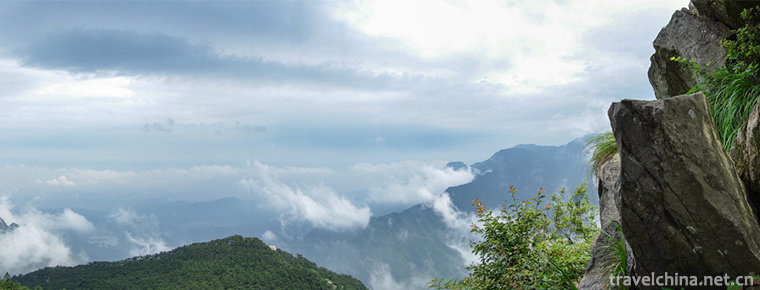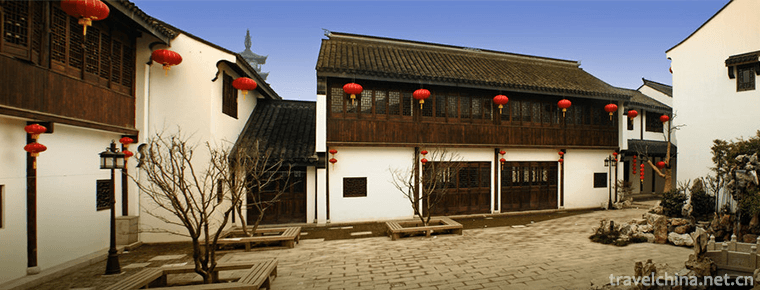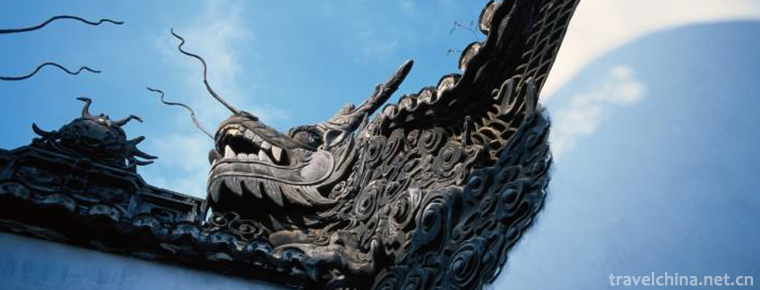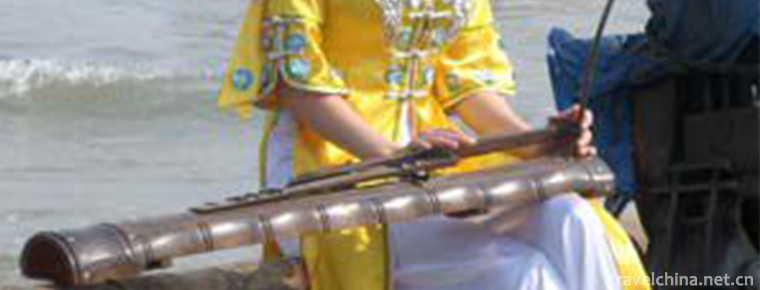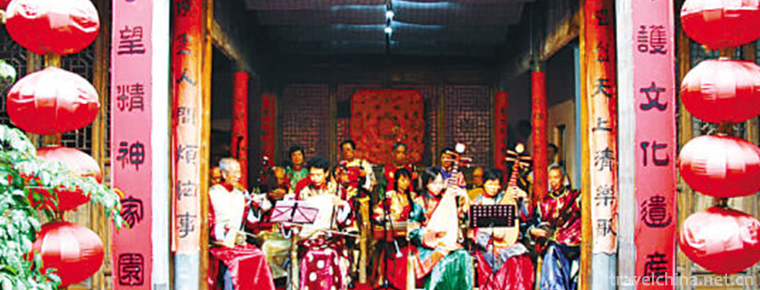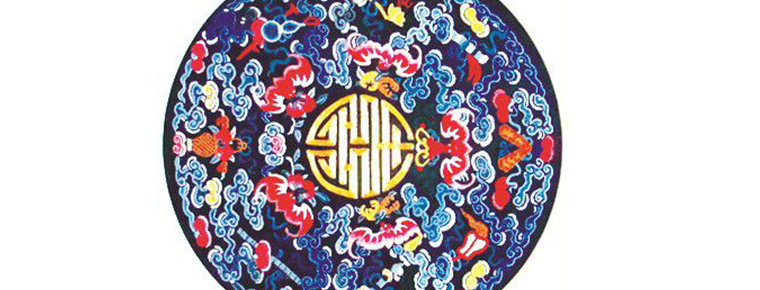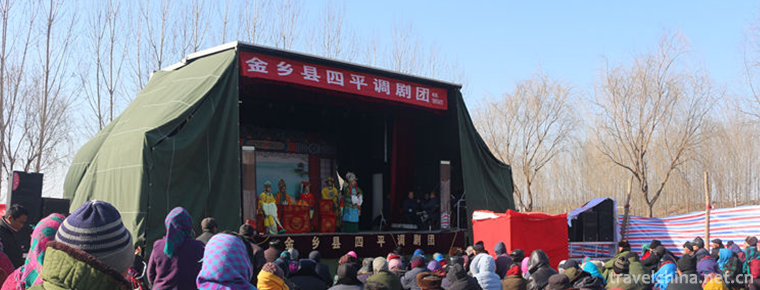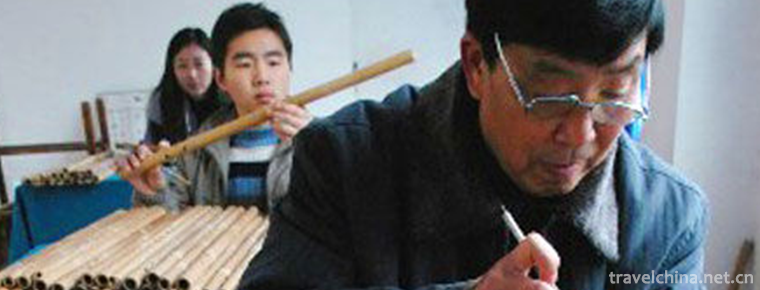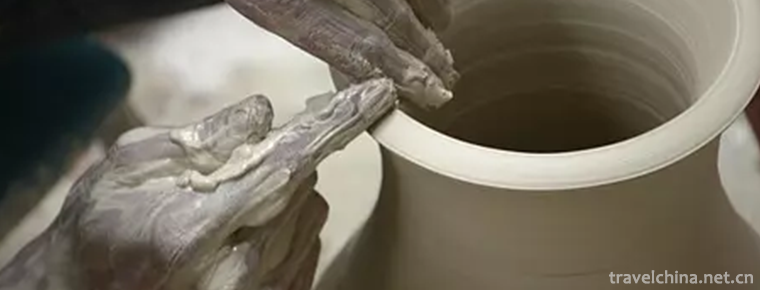Rongxian Gaoshiti Forest Park
Rongxian Gaoshiti Forest Park
The landform of Gaoshiti Forest Park is peculiar, with boulders, odd peaks, valleys and streams forming a typical natural landscape of low mountain landform in southern Sichuan. Gaoshiti Forest Park covers a total area of 182.13 hectares. It was approved as a provincial forest park by the provincial forestry department in 1993.
Rongxian Gaoshiti Forest Park was awarded "China forest health base" in 2019
brief introduction
It is located in Shanwang village, Tiechang Town, 15 kilometers northwest of the county, with a total area of 182 hectares. There is a summer resort outside the park, which can provide catering for 100 people and parking and accommodation services for 50 people. The forest on the mountain is lush and lush. There are many kinds of plants such as flowers and plants, and there are many kinds of wild animals. It has a primitive forest style. There are more than 30 peaks stretching across the scenic spot. The mountain shape is unique, the scenery is colorful and the climate is cool. It is a summer resort. The main landscapes are: lion's head, toad, compass stone, swan's egg, Golden Duck pool, yangsiya, stalagmite peak, double lion worship elephant, etc. The park mainly reflects the natural landscape of low mountains in southern Sichuan Province. It is praised as a green pearl by experts. In 1993, it was rated as a provincial forest park by the Forestry Department of Sichuan Province.
History of development
Gaoshiti Forest Park is located in Rongxian County, Zigong City. The landscape of the park is unique. Boulders, peaks, valleys and streams form a typical natural landscape of low mountain landform in southern Sichuan. As early as in the 33rd year of the reign of Emperor Guangxu of the Qing Dynasty, the Western China Diocese of the Christian Church was regarded as one of the four places for foreigners to stay away in Sichuan. Gaoshiti Forest Park has luxuriant trees and beautiful scenery. Gaoshiti Forest Park has a total area of 182.13 hectares. It was approved as a provincial forest park in 1993.
Main attractions
Gaoshiti natural scenic spot was regarded as one of the four summer resorts for foreigners in the Western China Diocese of the Christian Church as early as the 33rd year of the Guangxu reign of the Qing Dynasty. The main landscapes are as follows:
Jiuxiaoding
Jiuxiaoding -- the highest peak of Swan Baodan, jiuxiaoding is also the destination of tourism. There are more than 30 peaks of different sizes. Looking from afar, jiuxiaoding looks like a mushroom and a swan hatching eggs. It is commonly known as "Swan Baodan". "Swan egg" pebbles of different sizes have been excavated on the hillside of the peak, as big as a basket and as small as a football ball. On the front of the swan, there is a red stone rock, which looks like a "mang gebao". It is facing the "Swan" and is waiting for the opportunity to eat the "Swan's egg".
Yang Siyan
Yang Siyan, facing shishenggou, has four caves on the half cliff. There are six inscriptions of Qing Dynasty embedded in the wall. The remnant traces of local people standing on the pole and lighting the sky are still there. It is said that a wooden God, named Yangsi, came from Emei Mountain and was good at fighting. In order to protect the peace of the place, villagers dug holes to build temples and placed the statue of General Yang Si, so it was named "Yang Siyan". A stone scale of sheep intestines. You can enter the cave only by climbing on your feet.
Two lions worship the elephant
The "old forest entrance" at the north end of the high stone ladder is characterized by luxuriant trees, dangerous terrain and peculiar mountain shape. Among them, there are two mountains like lions, one is like xiaoluohan, the other is like an elephant. From a distance, it's like a smile. Luohan leads two lions to worship the elephant, which is called "two lions worship the elephant".
Stalagmites in the air
There is a man digging a hole under the "goose neck". Through it is a gully with steep cliffs on both sides. The mountain is high and dangerous. The terraced fields along the ditch have a feeling of "peach land beyond the cave". At the bottom of the ditch, a peak stands erect, stabbing the blue sky, known as stalagmite mountain, and the ditch is called "stalagmite ditch". It is said that elephants feed on bamboo shoots, and stalagmites should be born like elephants. There is a red Rhododendron on the stalagmite. It is very spectacular in late spring and early summer.
Tourism information
Bus: from Zigong bus station to Rongxian Nanmen station, there is a bus every few minutes, 11 yuan per person. Take No.2 bus from Nanmen station to Ximen station, and buy "Shanwang Temple" at Ximen passenger station. The fare is 3.5 yuan. This is a suburban bus passing through Gaoshiti Forest Park, and the stop is at the gate of the park
Self driving: drive from Chengjiaqiao village, Rongxian County, Zigong City to Jingrong Road, pass wulidun village, yindingqiao village, baishipu village, yaotangchong village, Shiba, ciba'ao village, sanqingdian village, xinlongzui village, waziping village, Chuandian village and Shanwang temple.

-
Mountain Lushan
Mount Lu, also known as Kuang Shan and Kuang Lu, is located in Mount Lu City, Jiujiang, Jiangxi province. It is located between the east longitude 115 degrees 52 '- 116 degrees 8'.
Views: 200 Time 2018-10-30 -
Du Shoutians former residence
Du Shitian's former residence is the old residence of Du Shitian, the emperor's teacher of the Qing Dynasty, as well as the old residence of many famous officials of the Du family. Located in Binzhou .
Views: 145 Time 2019-01-08 -
Zhou Qiao old street
Zhouqiao Old Street is a national AAAA tourist attraction. The old street of Ximen in Jiading is located on the west side of Bole Square in downtown Jiading.
Views: 165 Time 2019-01-21 -
Restoration Techniques of Ancient Architecture
Ancient buildings are an important part of historical relics in China. Protecting, restoring and renovating ancient buildings is one of the important tasks in the protection of cultural relics..
Views: 108 Time 2019-05-01 -
Hubei storytelling
The evaluation of books in Hubei Province is a traditional art of rap and singing in Hubei Province. Popular in northern China, as an independent variety of storytelling,.
Views: 173 Time 2019-05-03 -
The Art of the Peking Solo stringed Orchestra
The unique charm of the unique stringed instrument art of the Jing ethnic minority in China. It is a non-material cultural heritage project of the Beijing solo string art in Guangxi Zhuang Autonomous .
Views: 362 Time 2019-05-07 -
Tune in the sea
Linhai Ci Tune, also known as Taizhou Ci Tune, Talent Ci Tune and Xianhe Tune, is developed from Nanci, Kunqu and Taizhou local folk minor. It is one of the folk songs of Taizhou, Zhejiang Province. I.
Views: 245 Time 2019-05-13 -
Manchu embroidery
Manchu embroidery, commonly known as "needle embroidery", "tie flowers" and "embroidery", was originally popular in the vast rural areas where Manchu people lived togethe.
Views: 264 Time 2019-05-16 -
Siping Tune
The Siping tune evolved from the flower drum in eastern Henan. After digging and sorting out, it absorbed the tunes of opera critics, Peking Opera, Henan Opera and so on. It gradually perfected and fo.
Views: 112 Time 2019-06-16 -
Production Techniques of Yuping Xiaodi
Yuping Xiaodi is made of a special bamboo as raw material through four processes: material taking, blank making, carving and finished product. The manufacturing process is complex and all of them are .
Views: 153 Time 2019-07-16 -
Celadon Firing Techniques of Yue Kiln
The firing history of celadon in Yue kiln has gone through the firing process of primitive, primitive and mature ceramics kilns and mature ceramics kilns (i.e. ceramics kilns). In the firing process, .
Views: 140 Time 2019-07-16 -
A summary of Panzhihua
In 2019, the GDP of Panzhihua will reach 101.013 billion yuan, an increase of 6.3% over the previous year in terms of comparable prices. In terms of industries, the added value of the primary industry was 9.168 billion yuan, an increase of 3.4%; the added value of the secondary industry was 55.074 billion yuan, an increase of 5.7%; the added value of the tertiary industry was 36.771 billion yuan, an increase of 8.5%..
Views: 128 Time 2020-12-14
